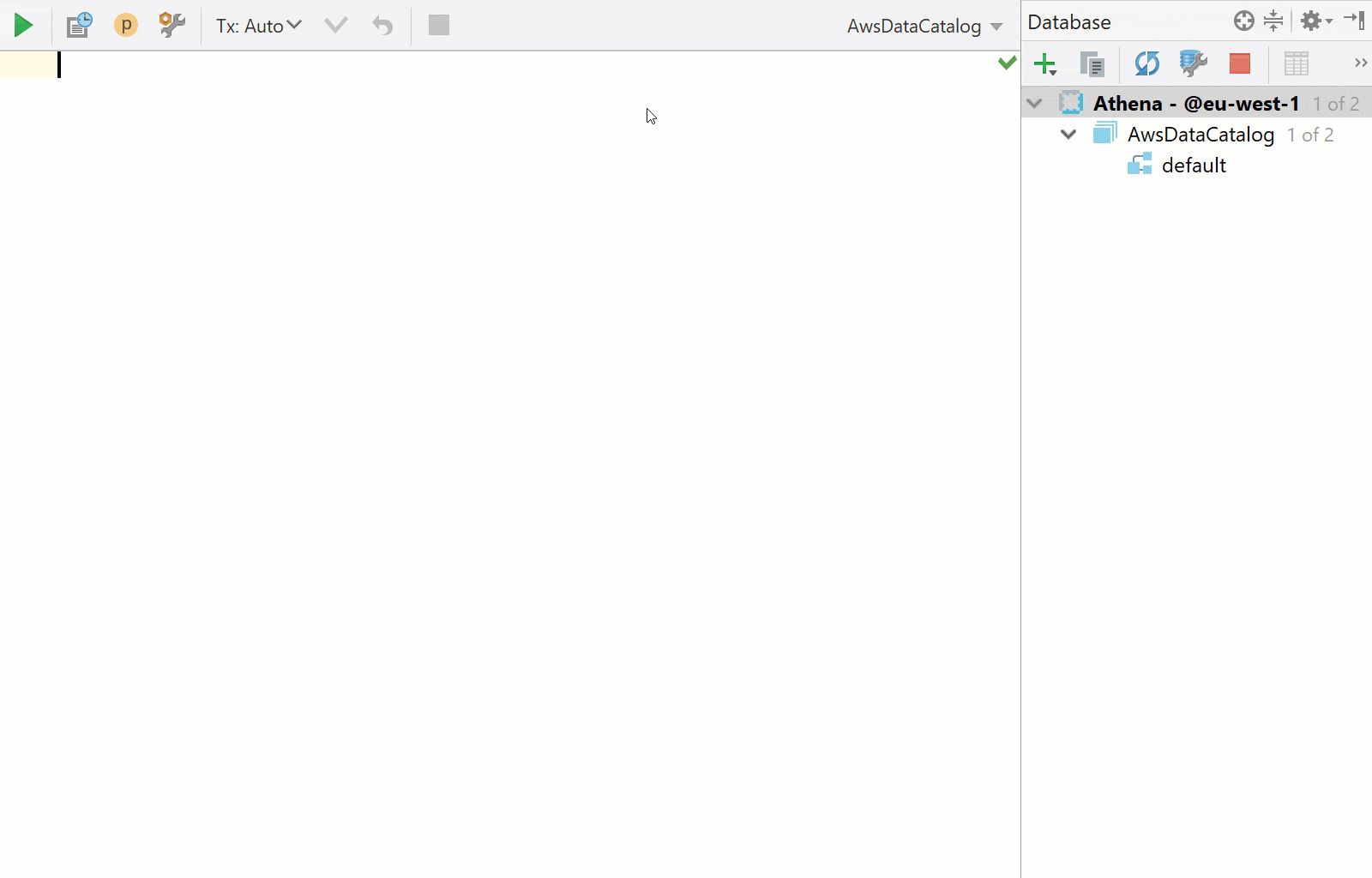
) AS t(testid2, testname2, testtimestamp2)Ģ.

Datediff athena aws how to#
Create a table testdataset2 by running a query similar to the following: CREATE TABLE testdataset2 AS SELECT * FROM How to do date comparison in amazon Athena.

Use Presto's date and time functions to read the column as DATE or TIMESTAMP in your query.ġ. Athena works directly with data stored in S3. Athena is serverless, so there is no infrastructure to set up or manage. You can point Athena at your data in Amazon S3 and run ad-hoc queries and get results in seconds. Apply the timestamp filter by using the cast function on the literal value (example: 00:00:00): SELECT * FROM testdataset WHERE testtimestamp1 < cast(' 00:00:00' as timestamp) Exception: cast(col as timestamp) with INVALID_CAST_ARGUMENT Amazon Athena is an interactive query service that makes it easy to analyze data directly from Amazon S3 using standard SQL. Amazon Athena is an interactive query service that lets you use standard SQL to analyze data directly in Amazon S3. This is very confusing because googling anything related to Athena takes you to the Redshift docs, so I assumed they used the same language even though they are different products. ) AS t(testid1, testname1, testtimestamp1)Ģ. Create a table testdataset1 by running a query similar to the following: CREATE TABLE testdataset1 AS SELECT testid1, testname1, date_parse(testtimestamp1,'%m/%d/%Y %h:%i:%s %p') AS testtimestamp1 Amazon Athena è un servizio di analisi interattivo serverless basato su framework open source, che supporta formati di file e tabelle aperte. For more information, see Date and time functions and operators in the Presto documentation.ġ. Use Presto's date and time function or casting to convert the STRING to TIMESTAMP in the query filter condition. Athena requires the Java TIMESTAMP format. select datediff (qtr, '', currentdate) datediff - 40 (1 row) The following example joins the SALES and LISTING tables to calculate how many days after they were listed any tickets were sold for listings 1000 through 1005. The TIMESTAMP data in your table might be in the wrong format. The default column name for the DATEDIFF function is DATEDIFF. Resolution Exception: SYNTAX_ERROR: line '>' cannot be applied to timestamp, varchar(19) 1 Answer Sorted by: 0 If stagedate is of type string, cast it to date: WHERE date (stagedate) > currentdate () - INTERVAL 7 DAY Share Improve this answer Follow answered at 9:03 leftjoin 36. cast(col as timestamp) with INVALID_CAST_ARGUMENT: You might get this exception if you use casting on a column with the data type that's not supported by Athena.SYNTAX_ERROR: line '>' cannot be applied to timestamp, varchar(19): You might get this exception if you used a logical operator, such as '>', between TIMESTAMP and STRING values in your query.For examples and more information about UDFs, see Querying with user defined functions.When you query an Athena table with TIMESTAMP data, your query might fail with either of the following exceptions: The Redshift DATEDIFF function is used to calculate the difference between two date values based on the interval specified using either Years, Months, Days, Weeks, Hours, Minutes, Seconds, Milliseconds, et al. If the second date or time is later than the first date or time, the result is positive. The expressions must both contain the specified date or time part. If either argument is null, the result is NULL. A DATE, TIME, TIMETZ, or TIMESTAMP column or expressions that implicitly convert to a DATE, TIME, TIMETZ, or TIMESTAMP. If the first date is later than the second date, the result is positive otherwise, the result is negative.


A UDF accepts parameters, performs work, and then returns a result. MONTHSBETWEEN determines the number of months between two dates. UDFs allow you to create custom functions to process records or groups of records. If Athena doesn’t support the function that you want to use, then write a user defined function (UDF) in Athena. See the following partial example of the output: Function Return Type Argument Types Function Type Deterministic Descriptionġ abs bigint bigint scalar true absolute valueĢ abs decimal(p,s) decimal(p,s) scalar true absolute value int and integer Athena uses different expressions for integer depending on the type of query. smallint A 16-bit signed integer in two's complement format, with a minimum value of -2 15 and a maximum value of 2 15 -1.


 0 kommentar(er)
0 kommentar(er)
